The previous practice of real-time measurements (even over longer periods of time) only with the oscillographs is certainly not bad and it also allows deep insights into the switching behavior of graphics cards and CPUs due to the high resolution, but it is always only possible possible to capture a sub-area of the overall system. Interactions between the individual components are of course not or very difficult to detect. If I pair both Oszis, then I have a maximum of 8 channels available. Sounds a lot, but it is not, because you always have to cover tensions and currents separately. That's just enough for the graphics card OR the CPU with motherboard, but never for everything at the same time. And if you can then capture and log system data at reasonable intervals, then no tester eye will remain dry.
Even if the external appearance may convey the image of a lone fighter, of course this is not quite true. Such ideas are not realized in the same way, but you need the help and support of good friends and colleagues, who can supplement exactly what you still lack in experience, material or even software support. You can certainly solve many things on your own, but then this page would be dense for days or weeks. But this is almost on the sidelines and as an ongoing process, because you never really get finished anyway. But the first stage of expansion is finally available and can be presented today and so my thanks go to Aris Mpitziopoulos from Cybenetics (Powenetics), Tinkerforge and Nils Stallmach from Seasonic.
Own board or modular system? Tinkerforge!
Yes, this is a decision that, at the beginning, irreversibly pushes the whole programme in a certain direction and which one might even regret in the foreseeable future. That is why I quickly rejected the idea of having my own board designed and produced here, as such a system would be static and then in fact no longer expandable. If you only search for it for a long and purposeful way, it doesn't even have to be a direct China import, because there is also Tinkerforge, a kind of modular system with almost arbitrary combinable individual modules (Bricklets) for the most diverse tasks and Control modules (master bricks) that merge the Bricks and enable control over a standardized API. If you look at the Tinkerforge shop, you will almost get a fright, what is possible.
Such a single Bricklet isnot even so cash-implodingexpensive, but in sum it doesn't get quite cheap. After all, I want to monitor up to 12 voltage feeders at the same time, 10 of which have already been permanently allocated. The beauty of the Bricklet I used for the project is that voltage and current are detected and retrieved simultaneously and the accuracy is sufficiently high, especially in the low-load range.
For the two voltage feeders of the graphics card on the motherboard slot (PEG) I rely on a special riser card, which was still somewhat to modify. Here I made comparative control measurements with the conventional equipment and checked the accuracy. The intervals are much higher compared to the osillograph measurement, so that of course it is not able to map the gradients that have so far determined the quality and detail of the articles. So I will have to continue to run on two tracks here, even if the rougher averages are quite within the limits of tolerance. But there would simply be something missing. However, this is more than enough for the comparison of graphics card and CPU on a common timeline.
All these Bricklets are then captured by Bricks, one of which can connect up to four Bricklets. This, in turn, can be stacked almost at will, but is already a little limited by the flow of information, if you want to use reasonably small intervals. Currently there are still two entrances available, which I have subsequently provided for SSDs, accessories or direct measurements on boards. But I also have Bricks in reserve, so that I can top up again later. That is precisely the strength of such a solution. The lowest Brick acts as a master brick, so that the data can then be sent to the PC via USB. On this, the software comes into play, which will be discussed in a moment.
A brief comment on the supply lines and the cable lengths. The AWG16 cables I used mostly come from Seasonic and I relied on a Seasonic Prime Platinum with a maximum rated rating of 1300 watts. In order to remain flexible, I was able to get a complete second cable set from the manufacturer, because one is virtually "disassembled" and directly integrated.
On the board, which carries all Bricks and Bricklets, I have either processed all the cables to be supplied cleanly with cable sleeves and solder or wired wires, such as Power Good neatly soldered and covered with shrink tube. I kept the cable lengths as short as possible and for the part with the 24-pin there is also a central mass. However, it has proved to be not expedient to connect all Bricklets additionally star-shaped and with identical cable lengths to the central mass once again. Here I rely exclusively on the combined cables of the respective feeder from the power supply, which keeps the Bricklets out of this potential equalization.
So wired, it could actually start. Could, because you have to be able to read and evaluate everything first. Hardware without software is like a driverless car and that's where my friend Aris comes in. Please turn around!














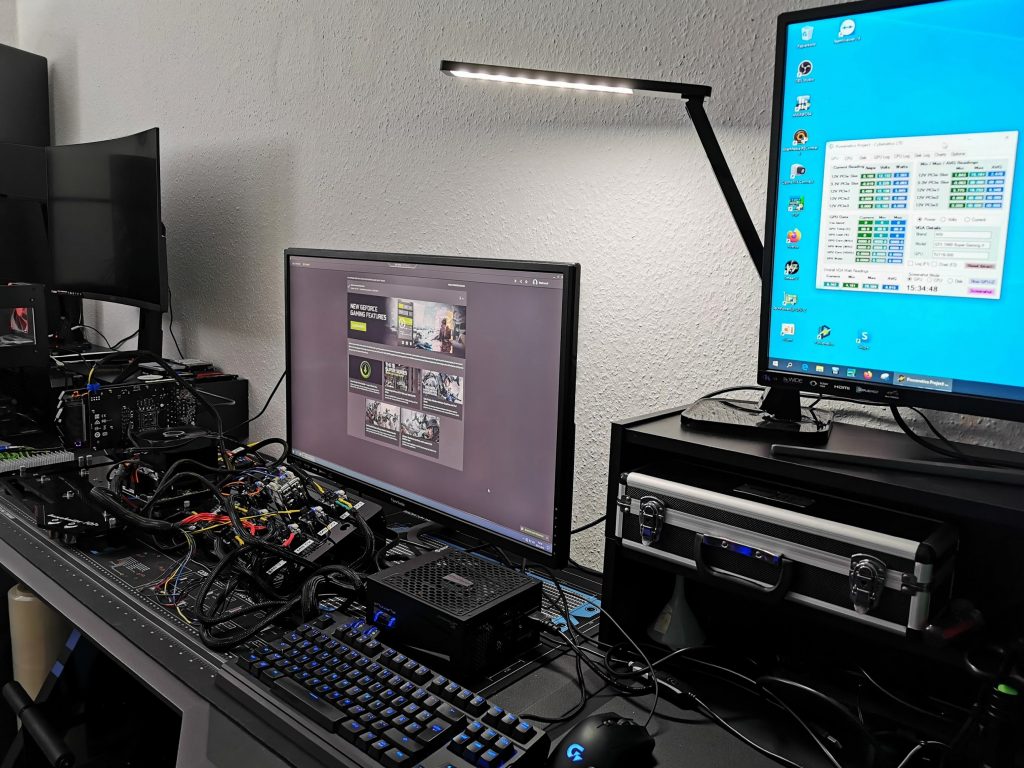
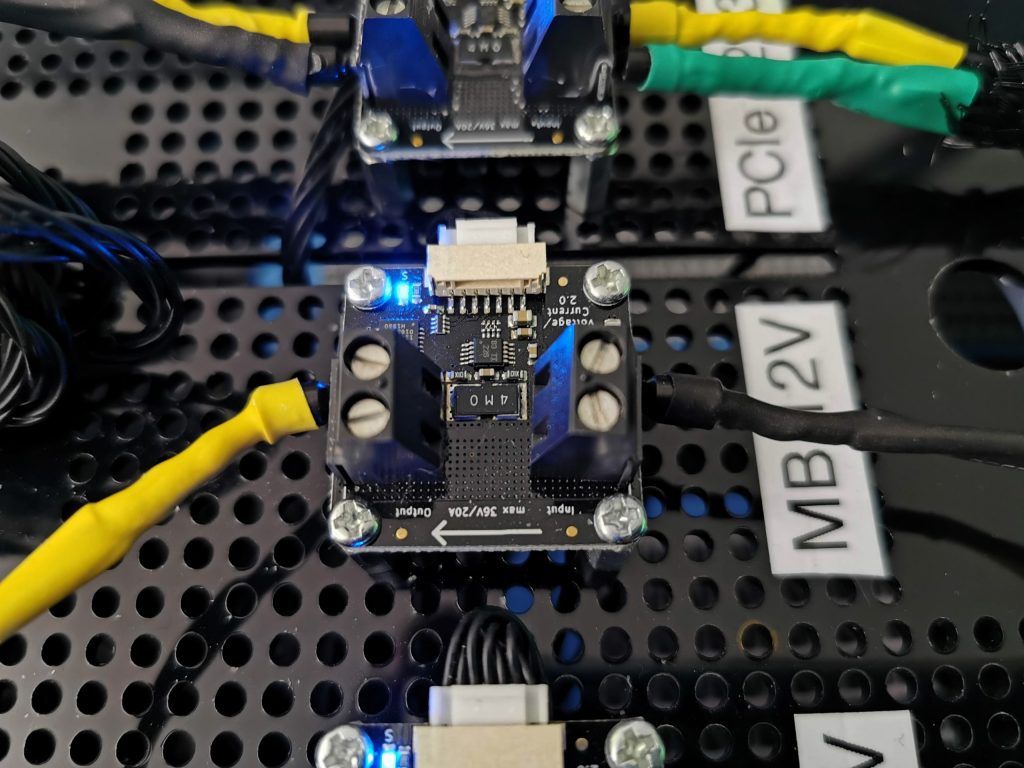
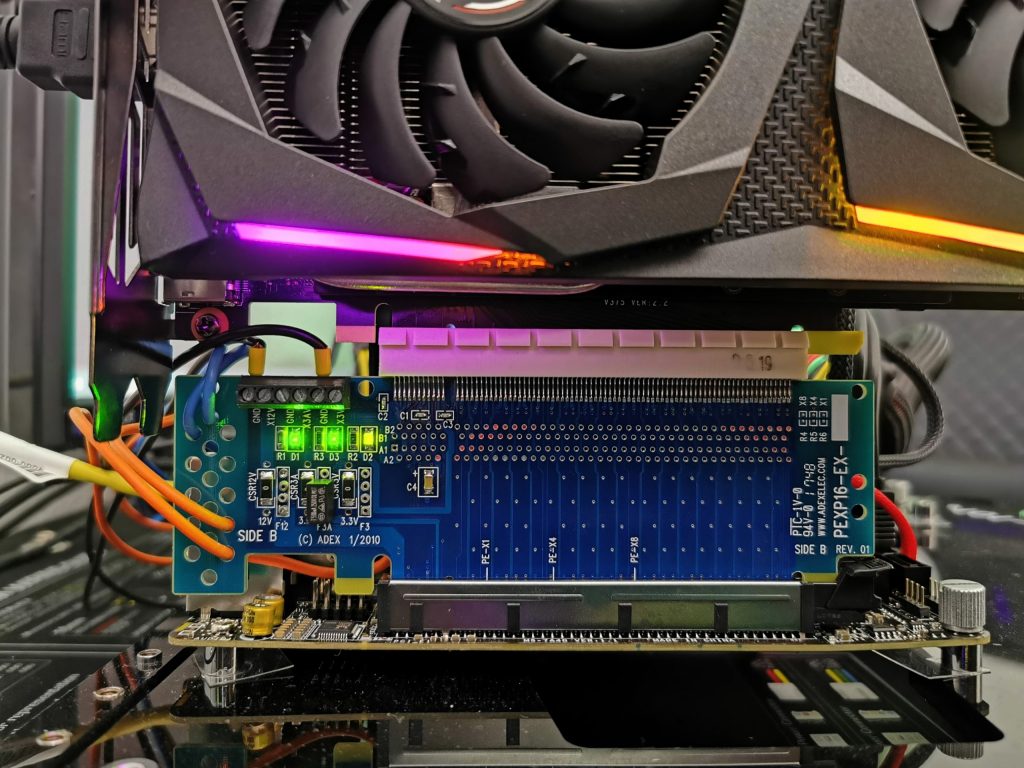
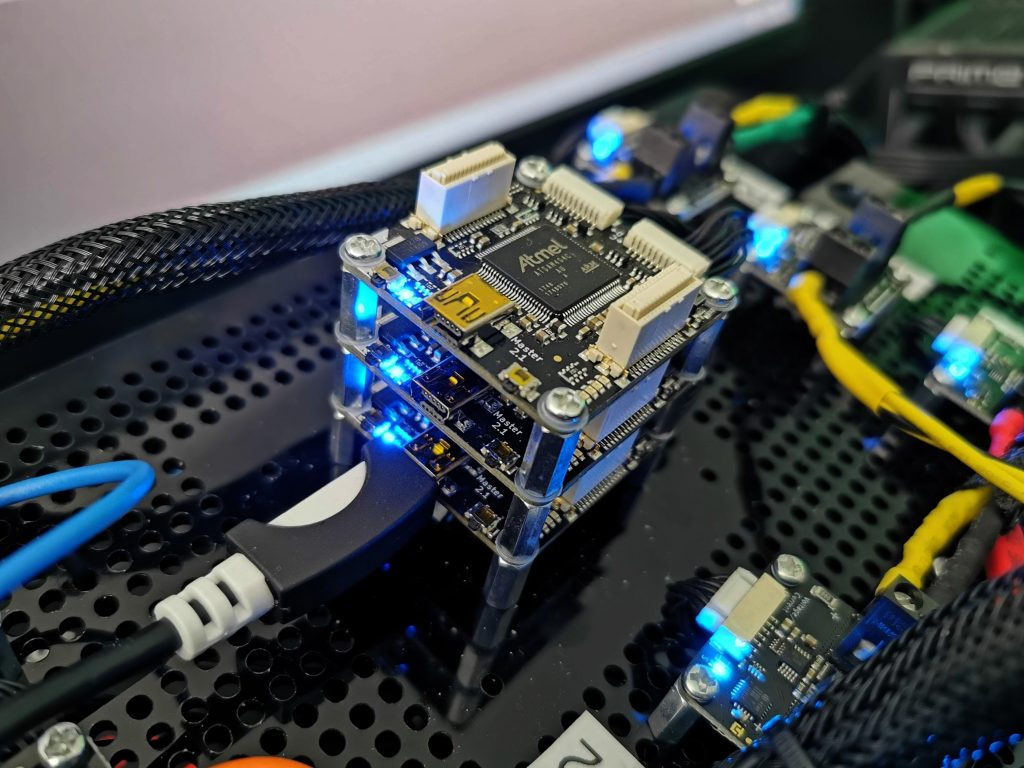
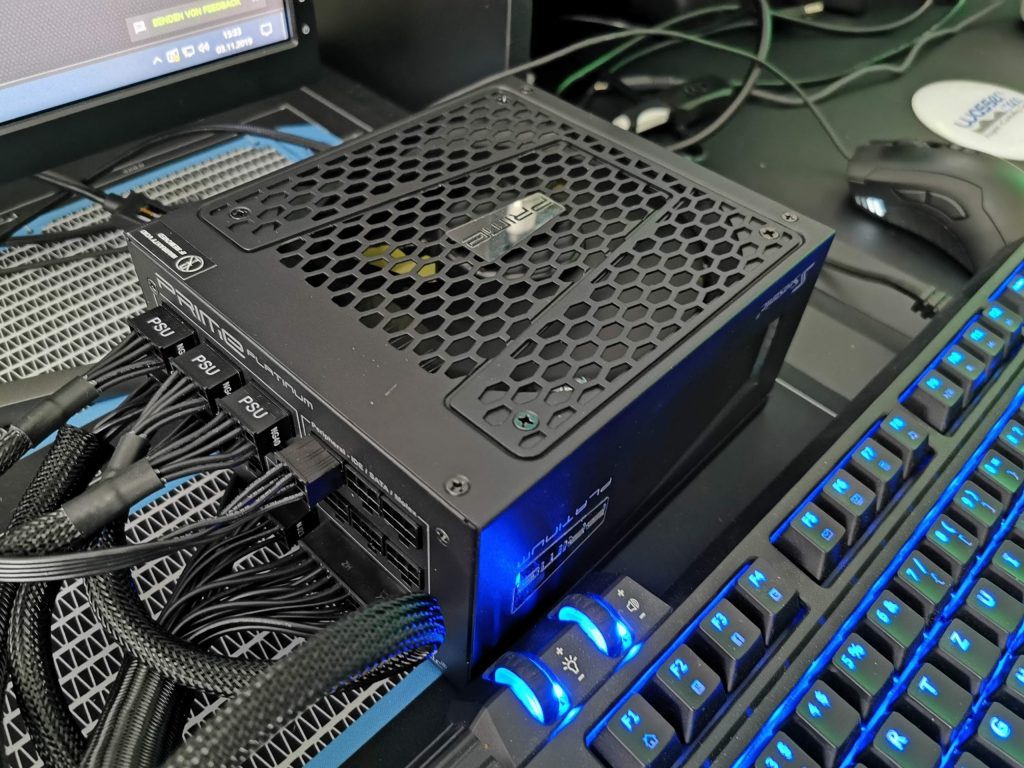
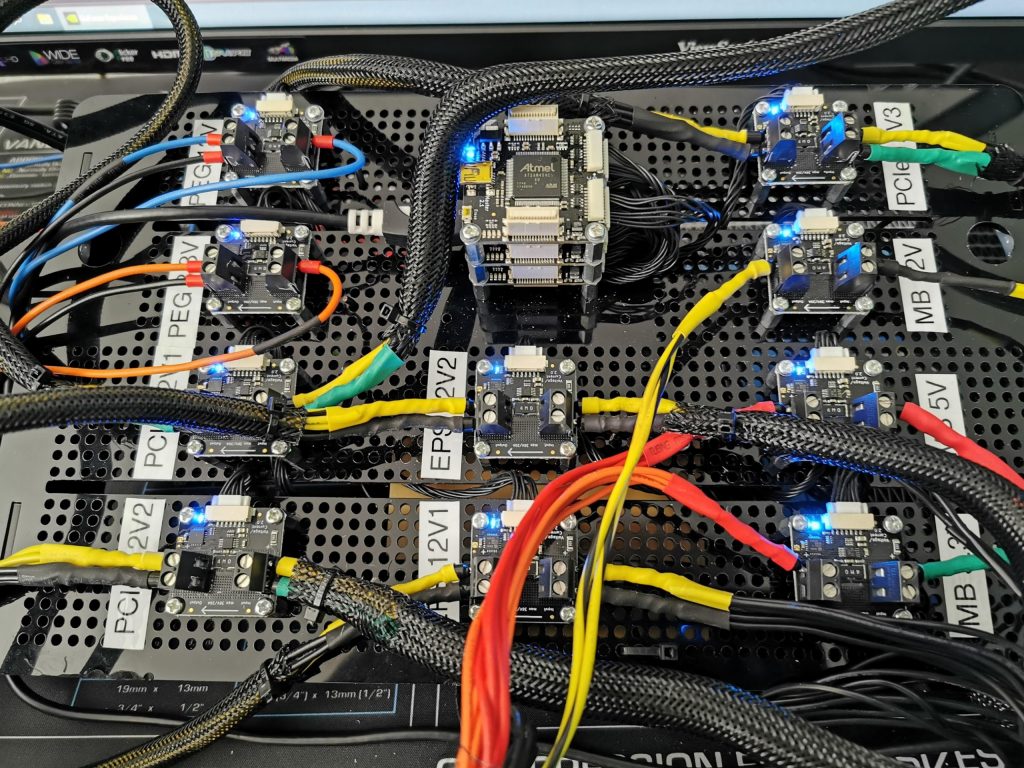


















Kommentieren